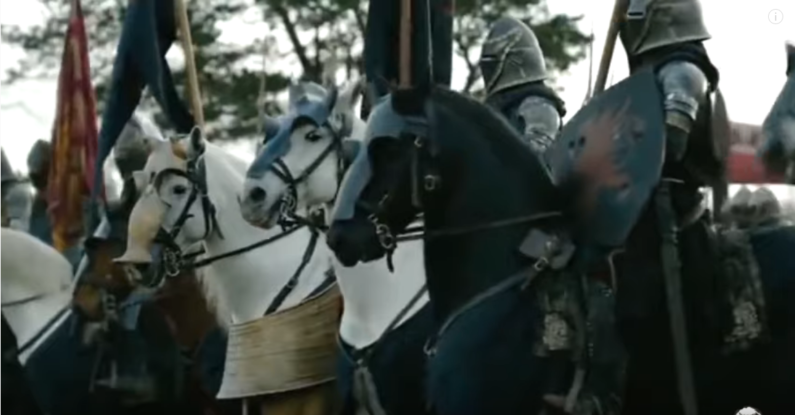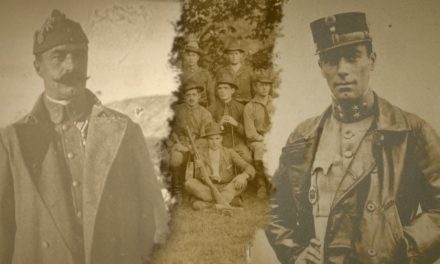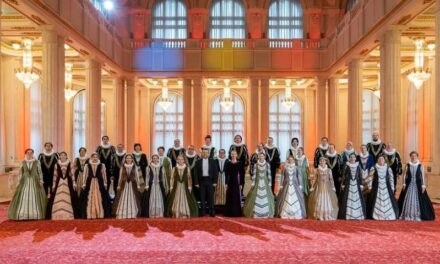"A nation that does not know its past does not understand its present, and cannot create its future!"
Europe needs Hungary and Poland...which have never let themselves be defeated
Sigismund of Luxemburg and the age of the Hunyadis
After the death of Louis the Great Mária came to the Hungarian throne, which was not accepted by a large part of the barons. Still, she was the queen. (Her younger sister, Hedwig the
Poles, although after a few years she too married the Polish-Lithuanian grand duke.) For five years, Mary of Anjou (1382-1387) was the king of Hungary. She was the first woman to ascend the Hungarian throne. In 1387, she was married to the powerful Sigismund of Luxemburg (1387-1437), who brought about a radical change in Hungarian history.
The king coming from the west, then the German-Roman emperor, exterminated the Anjou heritage, language, culture, and relationships with fire and iron.
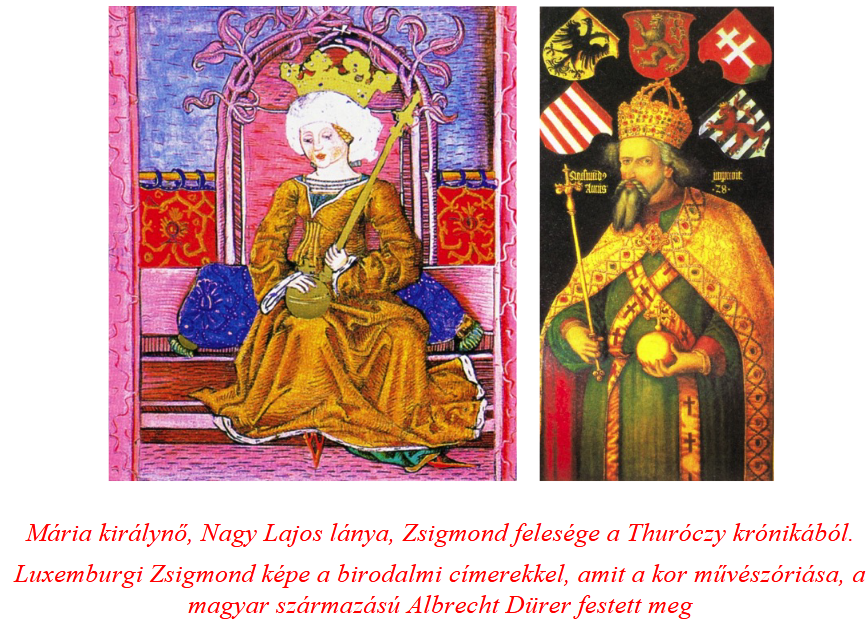
Sigismund brought the German language, culture, clothing, and customs with him, while deliberately erasing the Italian culture, and with it the lords loyal to the kings of Anjou. Zsigmond broke with the relations in Naples, but as a result the Hungarian-Polish cooperation that had flourished until now also faded into the background. It should be noted that, despite the German orientation, Zsigmond also had a deep respect for László, which is clearly evidenced by his will, according to which the Hungarian king was buried in Várad next to Saint László . You should also know that although the emperor's mother tongue was German, he preferred to speak Hungarian. Zsigmond was already having trouble with the Turks advancing westward. In 1396, the Christian armies led by the Emperor of Luxemburg suffered a heavy defeat at the hands of the Ottoman forces at Nikapolis. In addition to the many disadvantages of Sigismund's reign, however, there was also one great advantage. Namely, that Hungary was not attacked from the west for half a century.
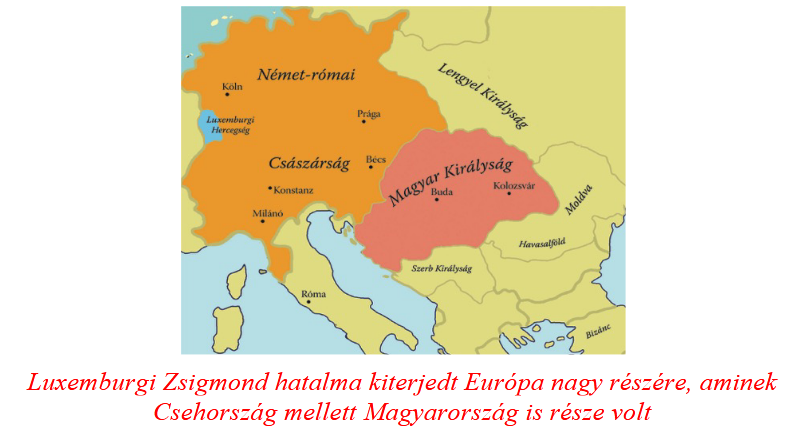
Among Zsigmond's few Polish connections, it is necessary to mention his "left step" in 1412, when II. Ulaszló (1386-1434) pledged 13 towns and 3 castles in Szepeszów to the Polish king. He wanted to buy back the cities that were sold for 37,000 Czech garas in the short term, but the rich Szepesség remained in Polish hands until 1772 - for 360 years. After the death of the Luxembourg emperor, a Habsburg came to the Hungarian throne. Albert Habsburg (1437-1439) died young, which paved the way for the rise of the Hunyadi family.
János Hunyadi's battles and his whole life were concentrated on the Balkans and the wars against the Turks.
For Hunyadi, the northern areas of the country only played a role in the battles against the Hussites and in the alliance with the Polish king Ulászló. The king, who ascended the throne in 1434 at the age of ten, is the III. Ulaszló (1434-1444).
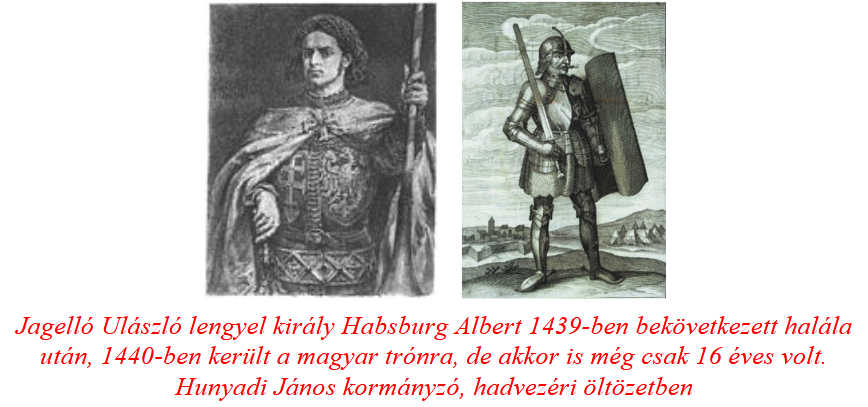
The Jagiellonian king Ulászló I (1440-1444) was an ally of the Hungarian ruler János Hunyadi.
In 1443, Ulaszló launched a successful campaign against the Turks. However, his campaign launched the following year was fatal. In the battle of Varna in 1444, King Ulászló fell. His grave can still be seen today in Varna, Bulgaria .
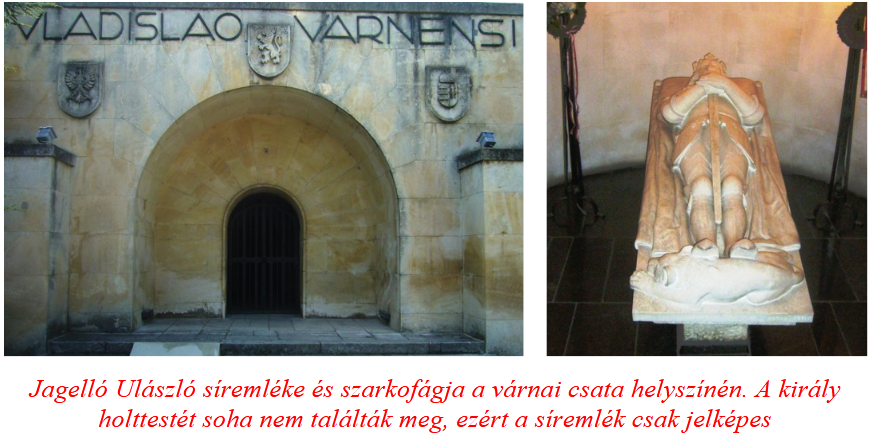
Mátyás Hunyadi (1458-1490) were among the years when wars between the Hungarians and the Poles were frequent. The stake was to gain control over the rich Silesia. ARC. Kázmér (1447-1492) of Poland, a contemporary of Matthias, pursued a patient, well-thought-out policy. His main goal was to keep Lithuania, to permanently expel the Teutonic Knights, and to obtain the Czech throne. The Polish king resented Mátyás because he nominated his son, (little) Kázmért to the Hungarian throne, which the Hunyadis, however, rejected. The Polish plan János Vitéz and the nobles opposing Mátyás, which led to a rebellion against the Hungarian king in 1471. (It should be noted that there were several other internal political reasons for the rebellion.) Mátyás crushed this, and this was the situation when he sentenced his tutor, his father's good friend János Vitéz, to prison. Janus Pannonius, who also took part in the organization - a good friend of Mátyás - died while fleeing.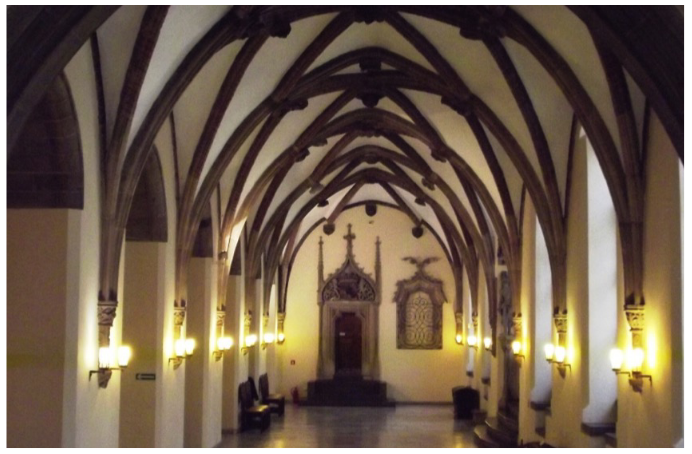
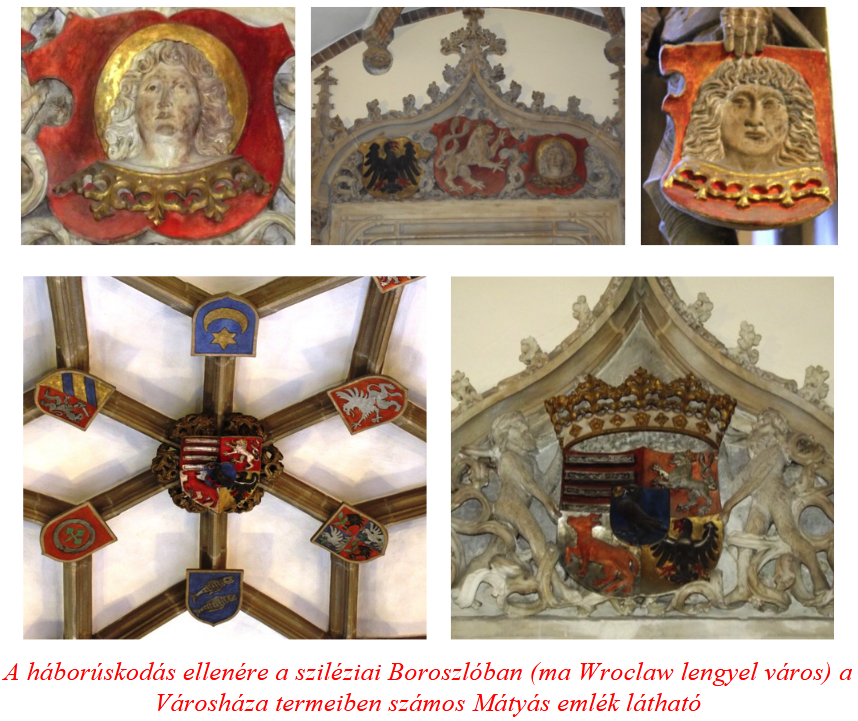 One of the main reasons for the Hungarian-Polish conflict was the division of the Czech Republic. The Catholic Czechs asked for help from Mátyás Hunyadi, who occupied Moravia, Lusatia and Silesia in 1468. In 1469, the Czech Catholics crowned the Hungarian king as Czech king. The Czech Hussites - opponents of the Catholics - under the guidance of the Czech governor and then king György Podjebrad In 1471, after the death of György Podjebrád, Ulászló was also crowned King of Bohemia - alongside Mátyás. Thus, Bohemia already had two kings in the person of Mátyás Hunyadi and Ulászló Jagielló. In the Hungarian-Polish war, the outnumbered Polish armies failed twice in 1474. Kázmér set out for Silesia with an army of 50,000 men, and on the way he united with the 15,000 soldiers of his son Ulászló. With his army of only 8,000 people, Mátyás won a brilliant victory against an eight-fold superior force. The Polish defeat at Boroszló proved the genius of Mátyás as a general. This trained, well-equipped, blindly following orders, fast-moving mercenary army formed the core of the "black army".
One of the main reasons for the Hungarian-Polish conflict was the division of the Czech Republic. The Catholic Czechs asked for help from Mátyás Hunyadi, who occupied Moravia, Lusatia and Silesia in 1468. In 1469, the Czech Catholics crowned the Hungarian king as Czech king. The Czech Hussites - opponents of the Catholics - under the guidance of the Czech governor and then king György Podjebrad In 1471, after the death of György Podjebrád, Ulászló was also crowned King of Bohemia - alongside Mátyás. Thus, Bohemia already had two kings in the person of Mátyás Hunyadi and Ulászló Jagielló. In the Hungarian-Polish war, the outnumbered Polish armies failed twice in 1474. Kázmér set out for Silesia with an army of 50,000 men, and on the way he united with the 15,000 soldiers of his son Ulászló. With his army of only 8,000 people, Mátyás won a brilliant victory against an eight-fold superior force. The Polish defeat at Boroszló proved the genius of Mátyás as a general. This trained, well-equipped, blindly following orders, fast-moving mercenary army formed the core of the "black army".

The Age of the Jagiellons (1386-1572)
When King Matthias died on Easter 1490, the Kingdom of Hungary suffered an irreparable loss. two sons of Kázmér Jagielló Ulászló Jagielló of the Czech Republic and his younger brother, Albert János, fought for the throne The Hungarian lords were also divided, but in the end, with the Treaty of Kassa in 1491, they agreed that Ulászló would occupy the Hungarian throne. The Jagiellonian period in Hungary lasted between 1440-1444 and 1490-1526.
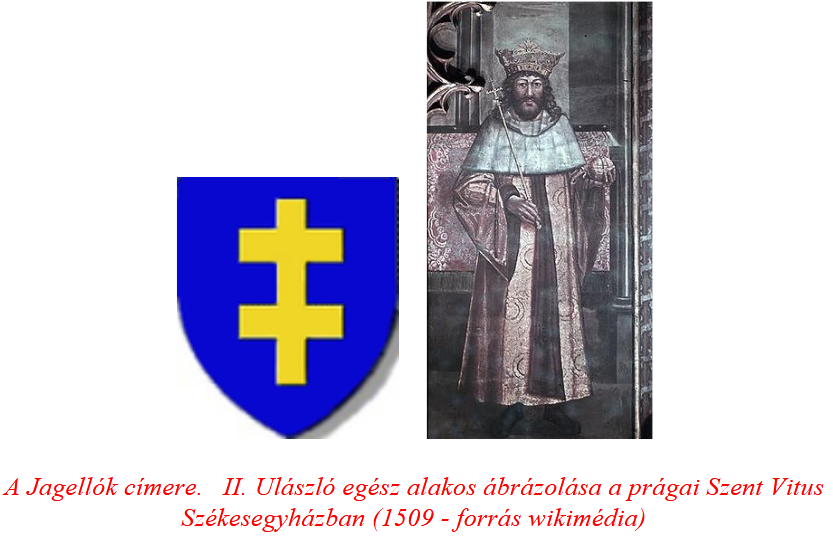
This is how Hungary II became the Polish king again. Under the name Ulaszló (1490-1516). Dobzse (It's good! It's good!) László made concessions not only to the Hungarian lords, but also to the Habsburgs. In Bratislava, he concluded a contract with them that after his death, the Austrian family would take the throne if he did not have a son. It was difficult, but he became a successor, who II. He took the throne under the name Lajos
An important moment in Polish history beginning in the middle of the 15th century, namely the development of the liberum veto legal system, should be highlighted.
It may be controversial, but this practice, which led to the formation of the Sejm, preceded the birth of Western democracies. The essence of the liberum veto was that it could interrupt the parliament and annul the laws that had already been passed. From this point of view, it can even be considered a hotbed of anarchy, the dictatorship of the Noble Republic. (The political concept of the Sejm has been the name of the lower house in the Polish legislature only since 1918.)
II. Lajos and Mohács
II. Polish on the paternal side of King Louis II. Ulaszló's son. His mother was Anne of Candale , who died after giving birth. Louis' sister is Princess Anna , who married
Ferdinand of Habsburg The child who was groomed to rule spoke six languages and was practically at home in every country in Central and Western Europe.
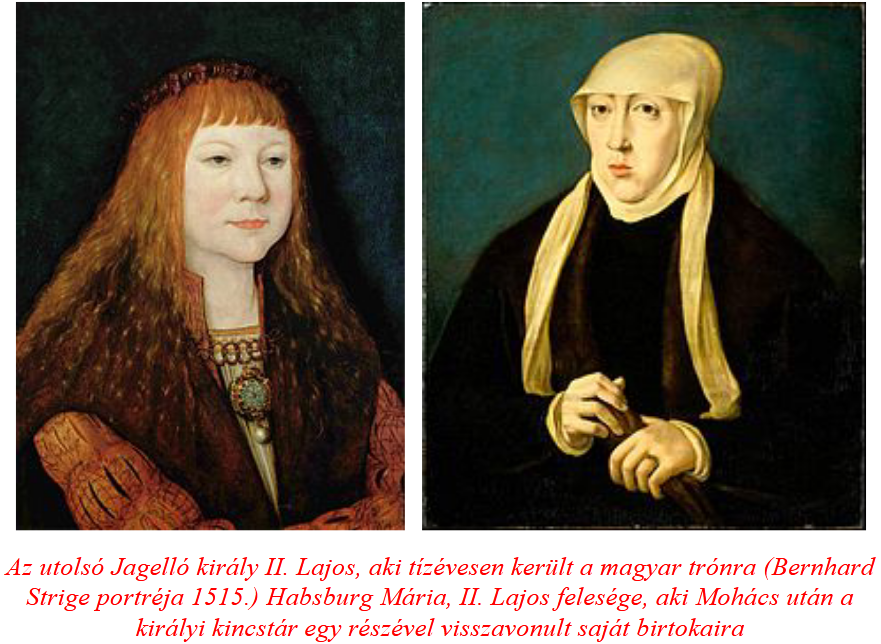 An "interesting" meeting took place in Vienna in 1515. This was attended by II. Hungarian King Ulászló, Polish King Zsigmond Jagielló and Miksa Habsburg , as well as the banker who financed the meeting, Jakob Fugger . Dozsa in 1514 , the Hungarian king, who was completely in debt, was perhaps even happy about the financial support that the banker offered. He could see in the support the securing of the throne of the successor of the Polish king, but the Habsburg emperor knew that he had sold out not only Hungary, but also the imperial throne "at this moment", pushing him into the trap of debt. It was at this meeting that the double Habsburg-Jagiellonian marriage was decided, which created the extension of Habsburg power to Hungary. ( Lajos Jagielló married Mária Habsburg, Anna Jagielló married Ferdinánd Habsburg.) The background support was provided by the Fugger bank house . It is true that bankers with ever-increasing power appeared in Buda as early as the time of the Hunyas.
An "interesting" meeting took place in Vienna in 1515. This was attended by II. Hungarian King Ulászló, Polish King Zsigmond Jagielló and Miksa Habsburg , as well as the banker who financed the meeting, Jakob Fugger . Dozsa in 1514 , the Hungarian king, who was completely in debt, was perhaps even happy about the financial support that the banker offered. He could see in the support the securing of the throne of the successor of the Polish king, but the Habsburg emperor knew that he had sold out not only Hungary, but also the imperial throne "at this moment", pushing him into the trap of debt. It was at this meeting that the double Habsburg-Jagiellonian marriage was decided, which created the extension of Habsburg power to Hungary. ( Lajos Jagielló married Mária Habsburg, Anna Jagielló married Ferdinánd Habsburg.) The background support was provided by the Fugger bank house . It is true that bankers with ever-increasing power appeared in Buda as early as the time of the Hunyas.
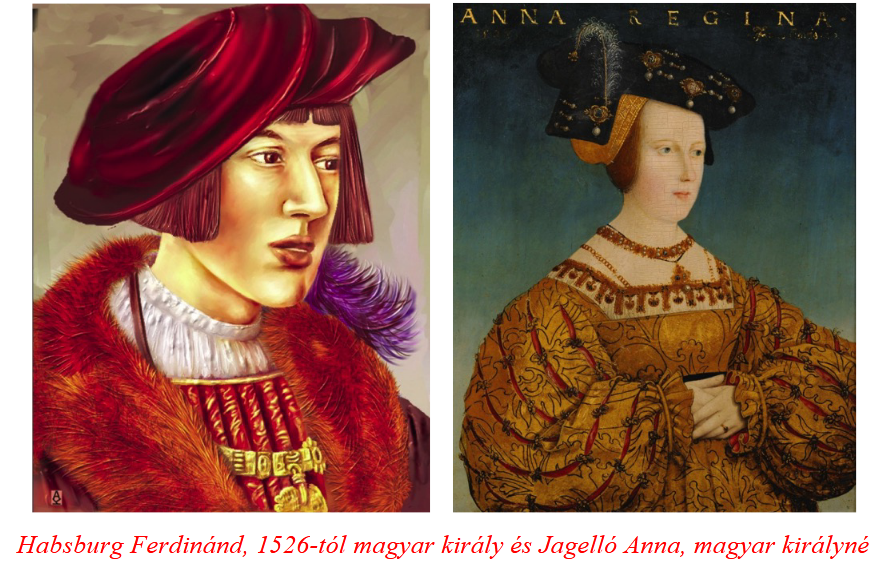
Hungary was on a straight path towards Mohács, its historical low point, which, according to the signs, had already been "embedded" by foreign powers and foreign powers a few decades
earlier. For example, among Érd's memories of the Turkish era, it should be mentioned that there is also a minaret here, along with Eger, Pécs and Szigetvár. In another part of the city, a sign announces that King II stayed here. It also recalls the memory of King Louis of Hungary and the Polish army heading towards Mohács. This sign announces that Leonard Gnojenski led the nearly 1,500-strong infantry army, all of whose members fell on Mohács.
Splitting the country into two and then three parts
The heyday of Polish and Lithuanian joint history Sigismund I (the Old) (1507-1548). His first wife Borbála Zápolya , a Hungarian princess who died young. Zsigmond's daughter from his second marriage ( Princess Bona Sforza ) Izabella was married to the Hungarian king János Zápolya (Szapolyai) (János Zsigmond's mother, Izabella Jagielló, played an important role in the formation of the Transylvanian Principality.) Zsigmond I's other daughter, Anna, became the wife of

István Báthory, It can be seen that political and marital relations connected the Hungarian and Polish leaders and their peoples with strong ties even in the 16th century. István Báthory, King of Poland (1576-1586)
István Báthory was the second prince of the Principality of Transylvania after Zsigmond János.
The Unitarian prince was followed by a Catholic ruler, who already started in Warsaw in 1573 at the conference to elect a king. Not much of a chance at that time, but when he married Anna Jagielló in 1576, the Poles elected him as their king. Fortunately for Poland, one of the greatest rulers of Polish history is still revered there.

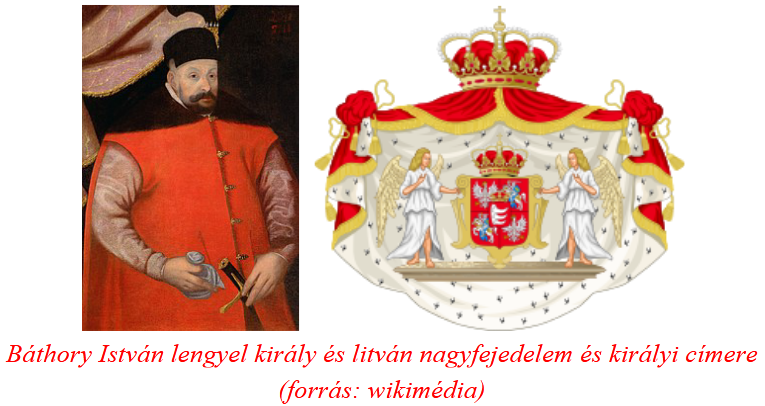
At that time, when Hungary was divided into three parts and experienced a critical period in its thousand-year history, this did not happen in Poland, even though there was a chance. Thanks to Báthory, who reconciled the Polish lords - who were at war with each other in a manner similar to the Hungarian nobility - on the grounds that they would not commit the tragedy of the Hungarians. He created the country's economic and political balance with excellent tactical sense. This allowed him to conduct successful campaigns, including against the Russians. In the eyes of both Polish and Hungarian posterity, István Báthory is the example to be followed.
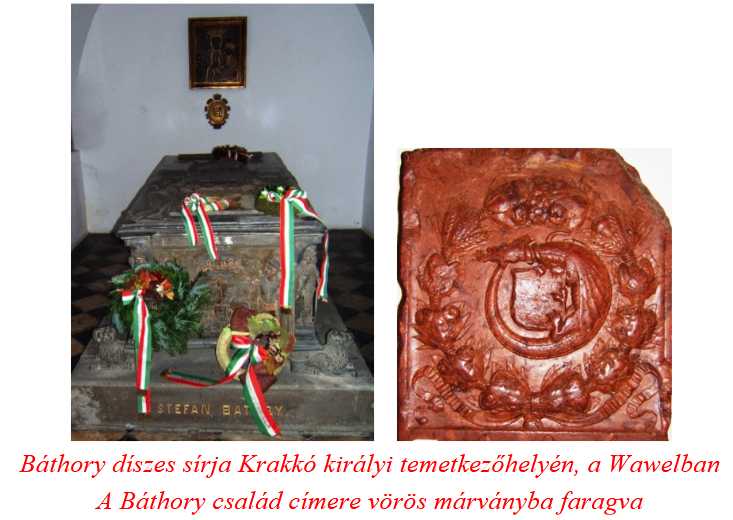
The example of the great king was followed by his successor, II. György Rákóczi was also a Transylvanian prince when he led a campaign to Poland. Unfortunately, this led to a personal tragedy for Transylvania and the prince. Imre Thököly , the first leader of the Kurucs and a Hungarian prince, took up the fight against Vienna with Polish help
Expulsion of the Turks and II. Polish relations of Ferenc Rákóczi
At the end of the 17th century, there was a chance to drive the Ottoman wars out of Europe. played a significant role in this . János Sobieski (1674-1696) was a Polish king who, in 1683, distinguished himself both in the liberation of Vienna from the Turks and in the Battle of Párkan.
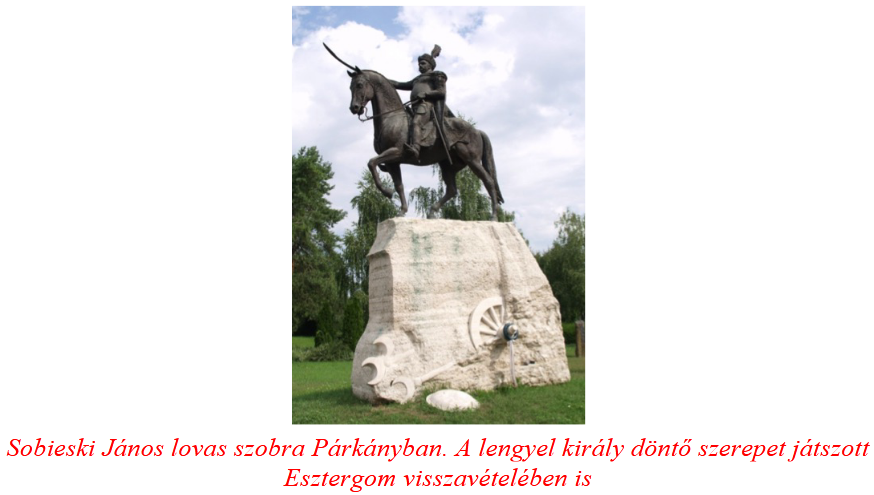
Although the Turks were expelled from Hungary, the oppression and exploitation of the country did not stop. Instead of the Turks, the Christian Habsburg armies invaded our country. János Sobieski, who was in alliance with Vienna, acted together with the Habsburgs against the Ottomans. But when the Kurucas of Thököly fled from the imperial troops, Sobieski provided shelter to the Hungarians. , who escaped from the Bécsujhely prison in 1701, could count on a similar refuge . Ferenc Rákóczi . Rákóczi organized the Hungarian resistance in Krakow and Warsaw Miklós Bercsényi . The Poles supported and helped Rákóczi throughout the Kuruc War of Independence, which began in 1703, in the military, political, and economic fields.

The war of independence started on Polish soil in 1703 and ended on Polish soil in 1711 after eight years of struggle. The Poles stood by Rákóczi until the very end, as it was even suggested that a successor of István Báthory should be chosen as their king. A significant part of the Kuruc emigration made its way to Poland in 1711. For a long time, Rákóczi and the staff were housed in the city of Jarosław. From there, they will set off on the adventurous and distant journey of exile.
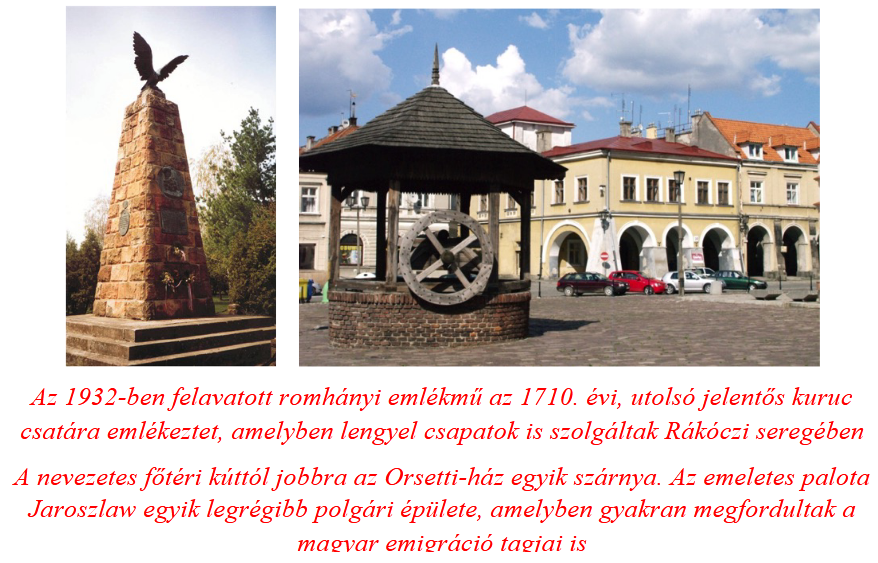
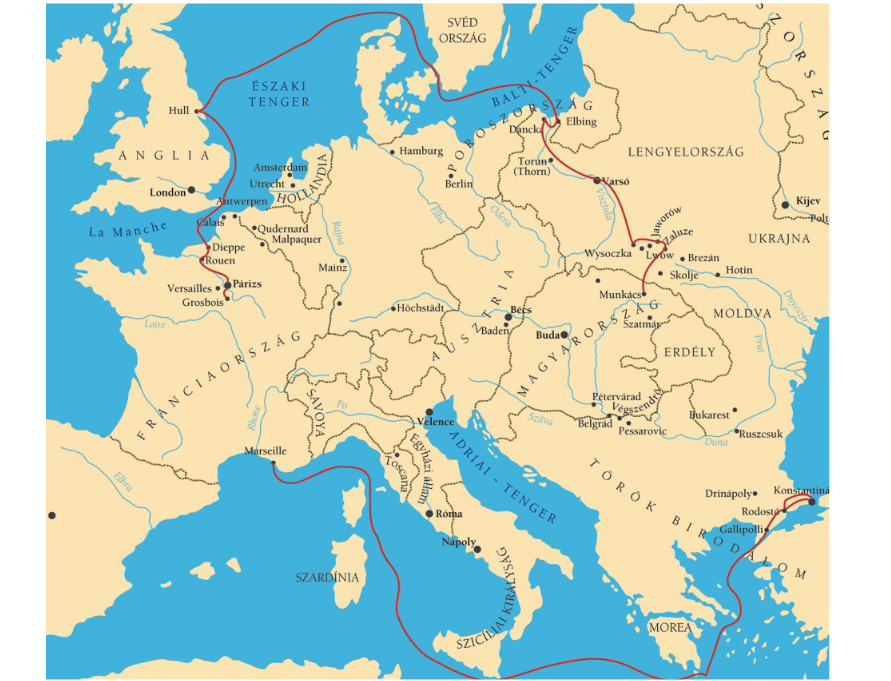

Author: Ferenc Bánhegyi
(Header image: YouTube)
The parts published so far can be read here: 1., 2., 3., 4., 5., 6., 7., 8., 9., 10., 11., 12., 13., 14., 15., 16., 17.

